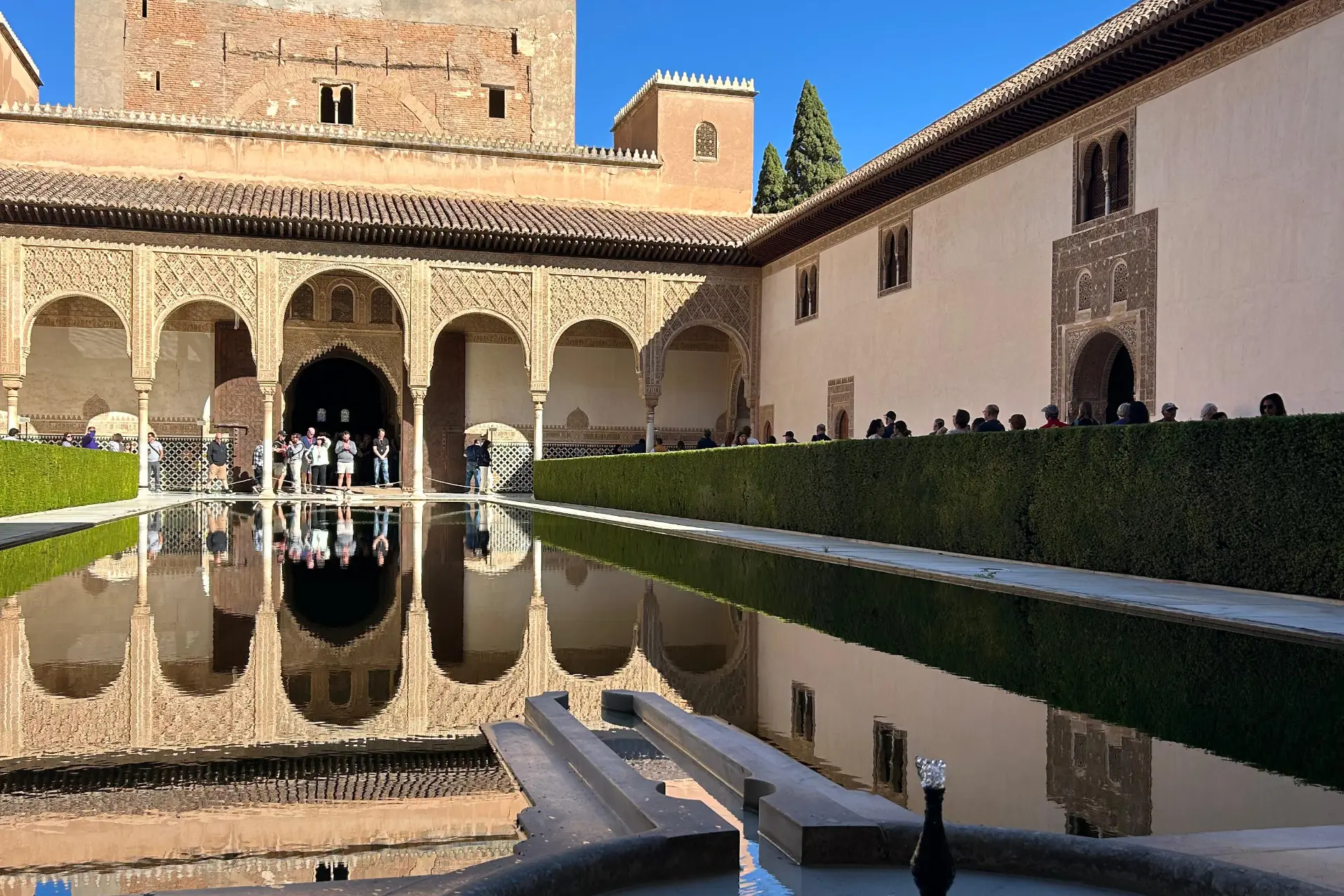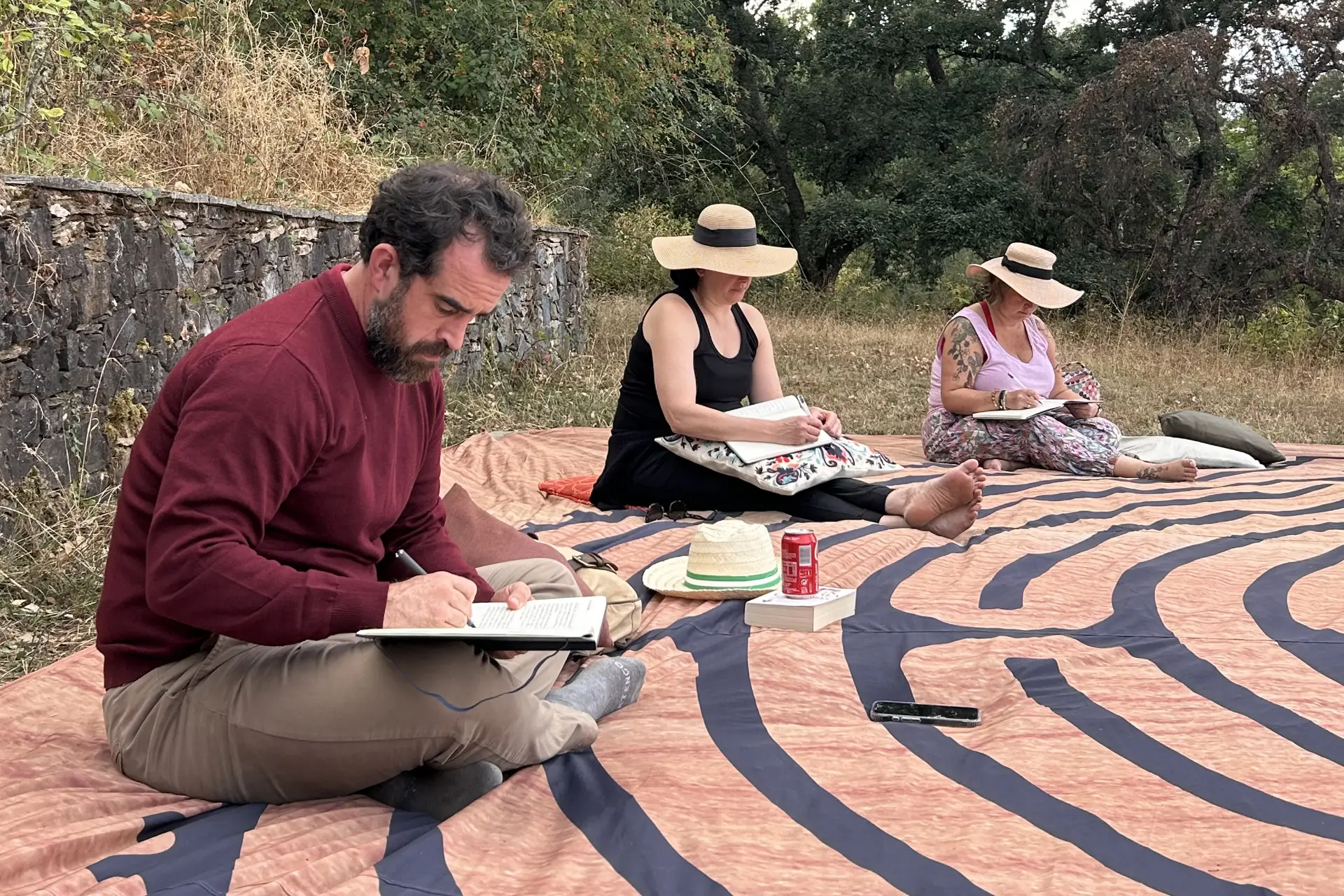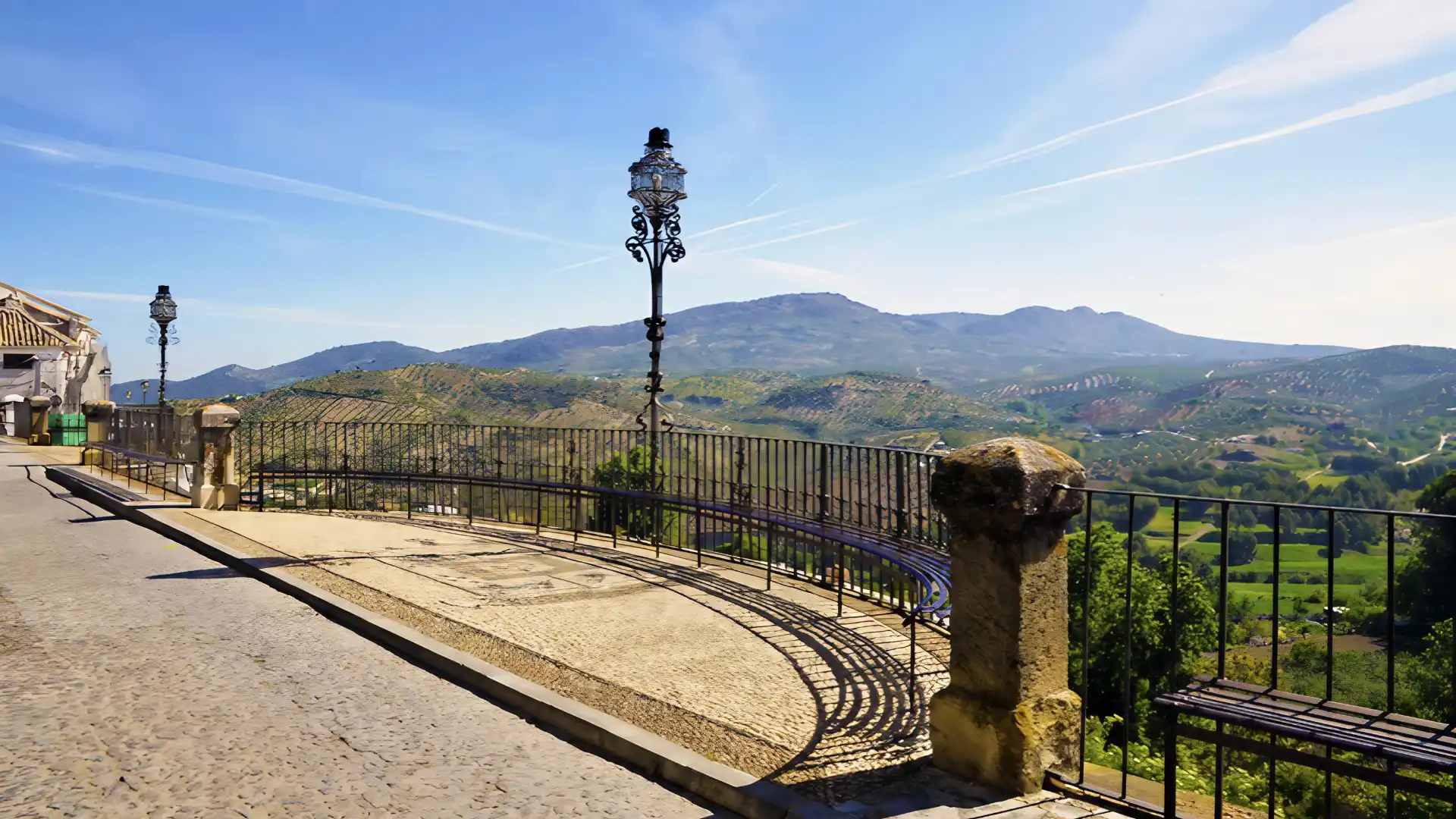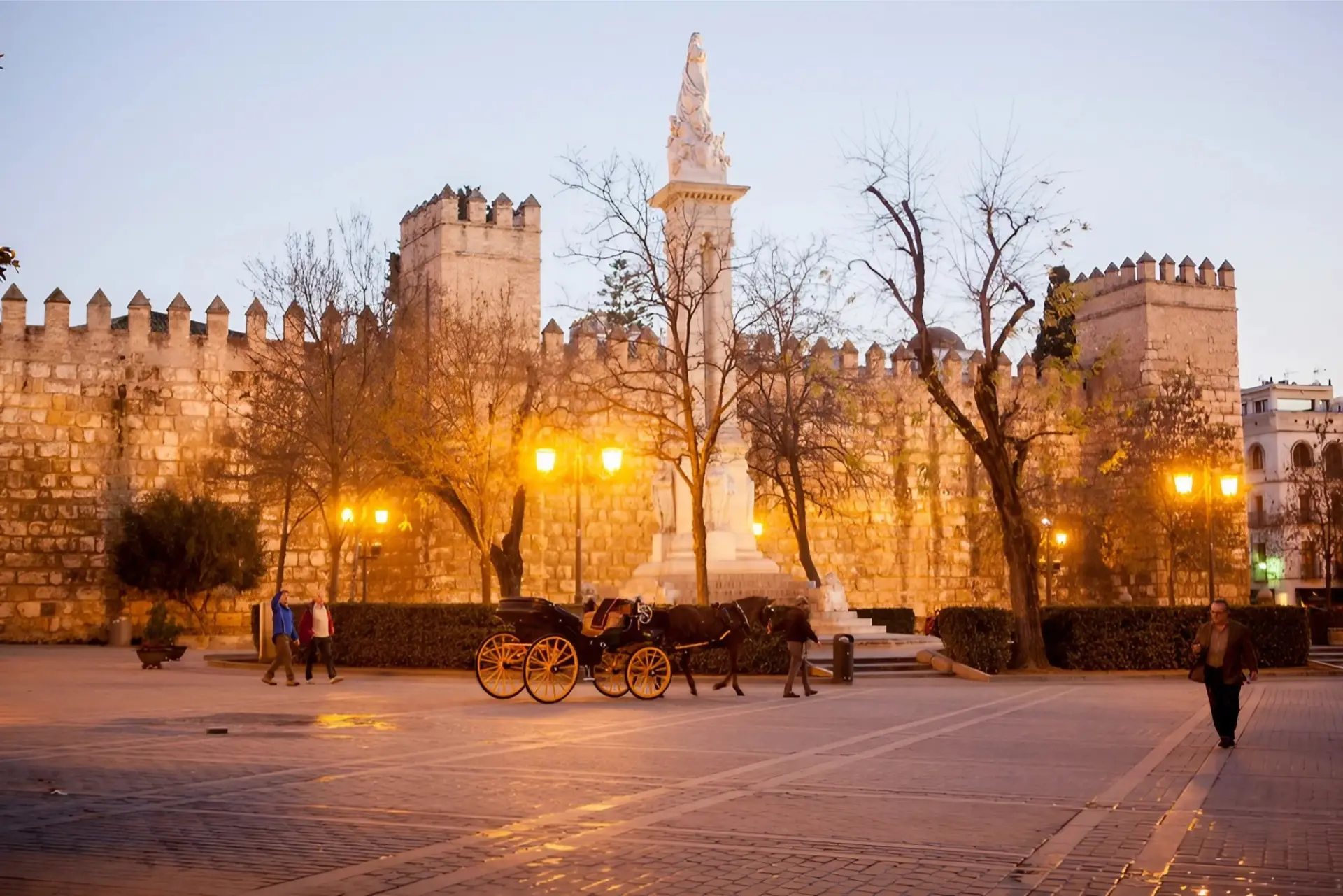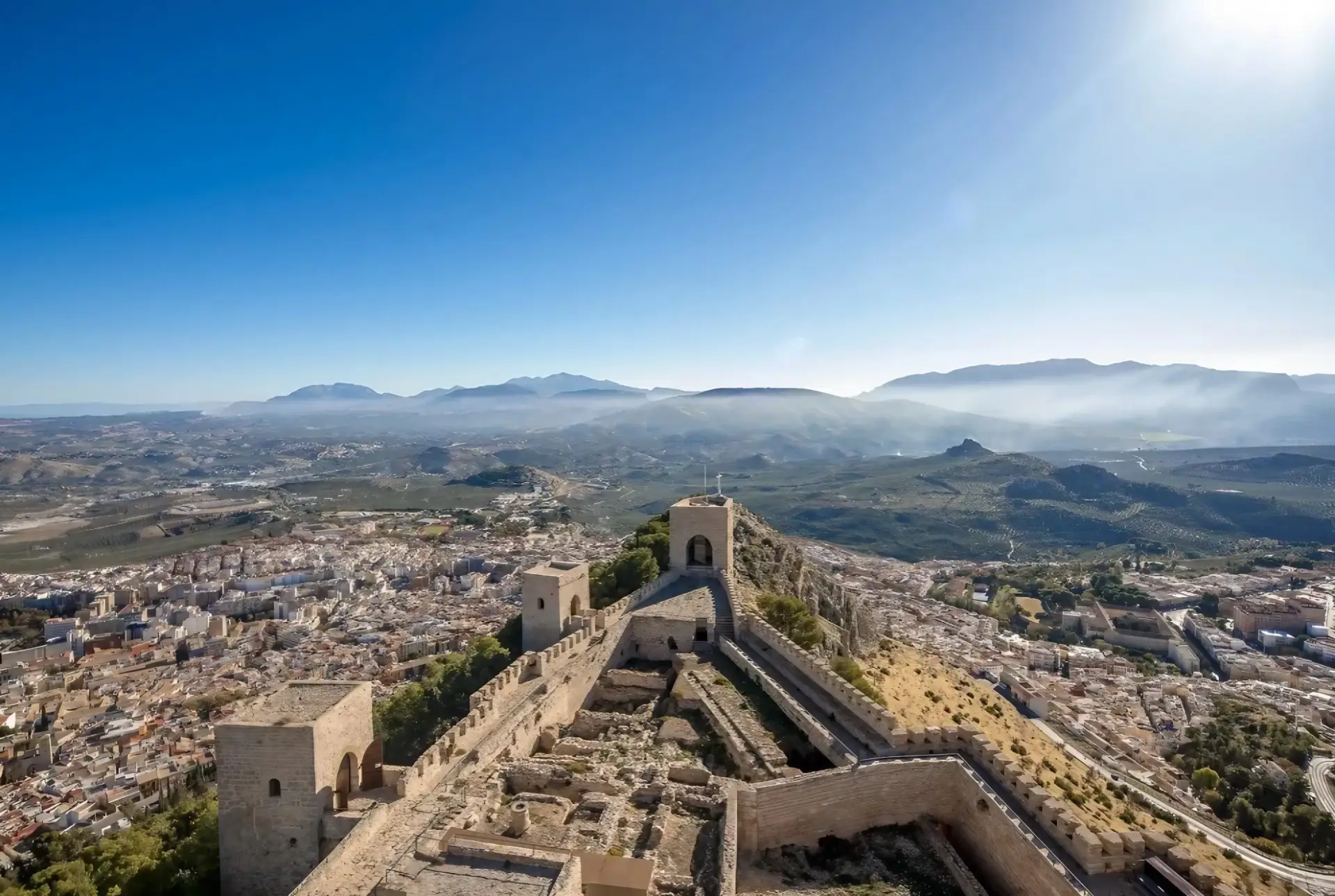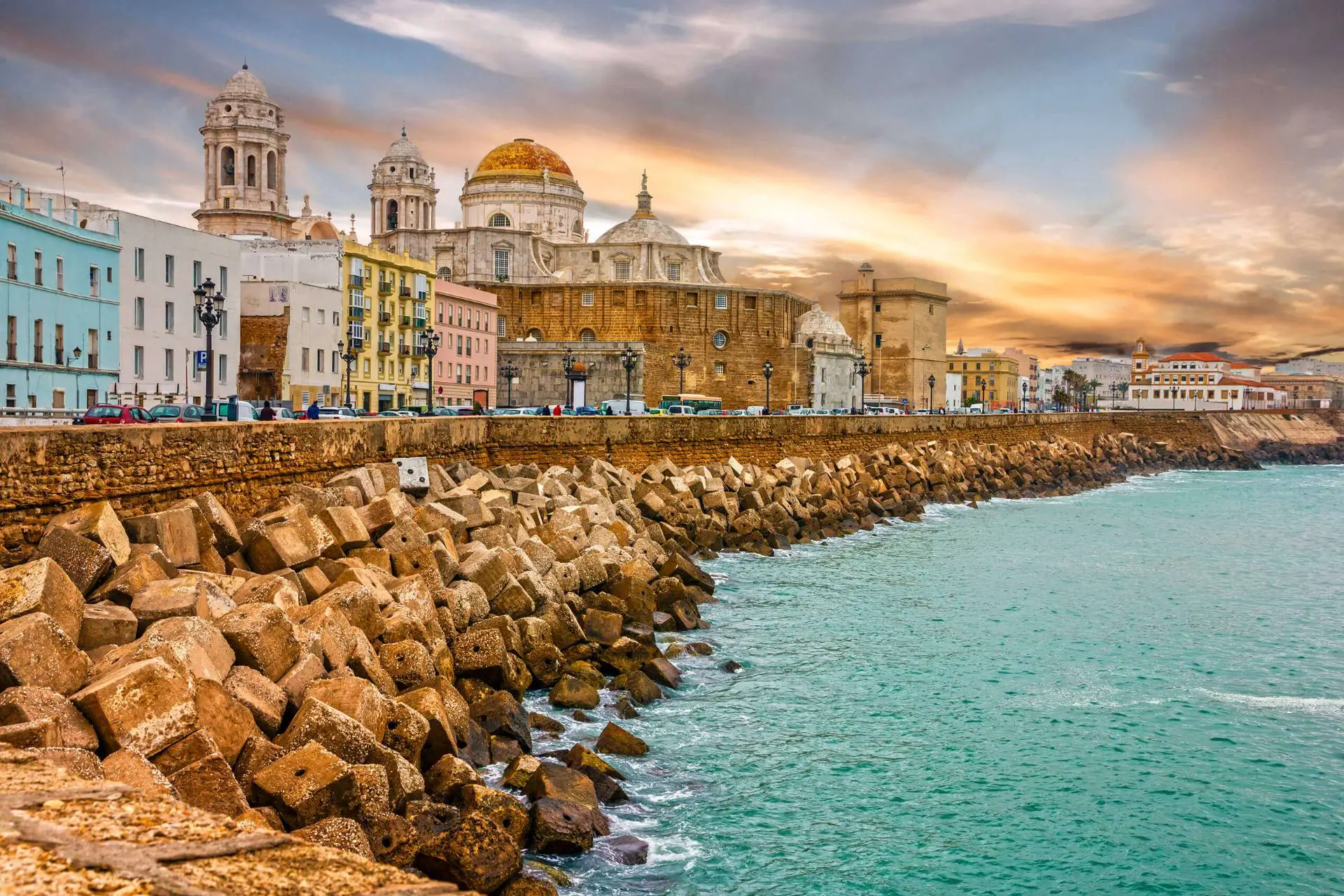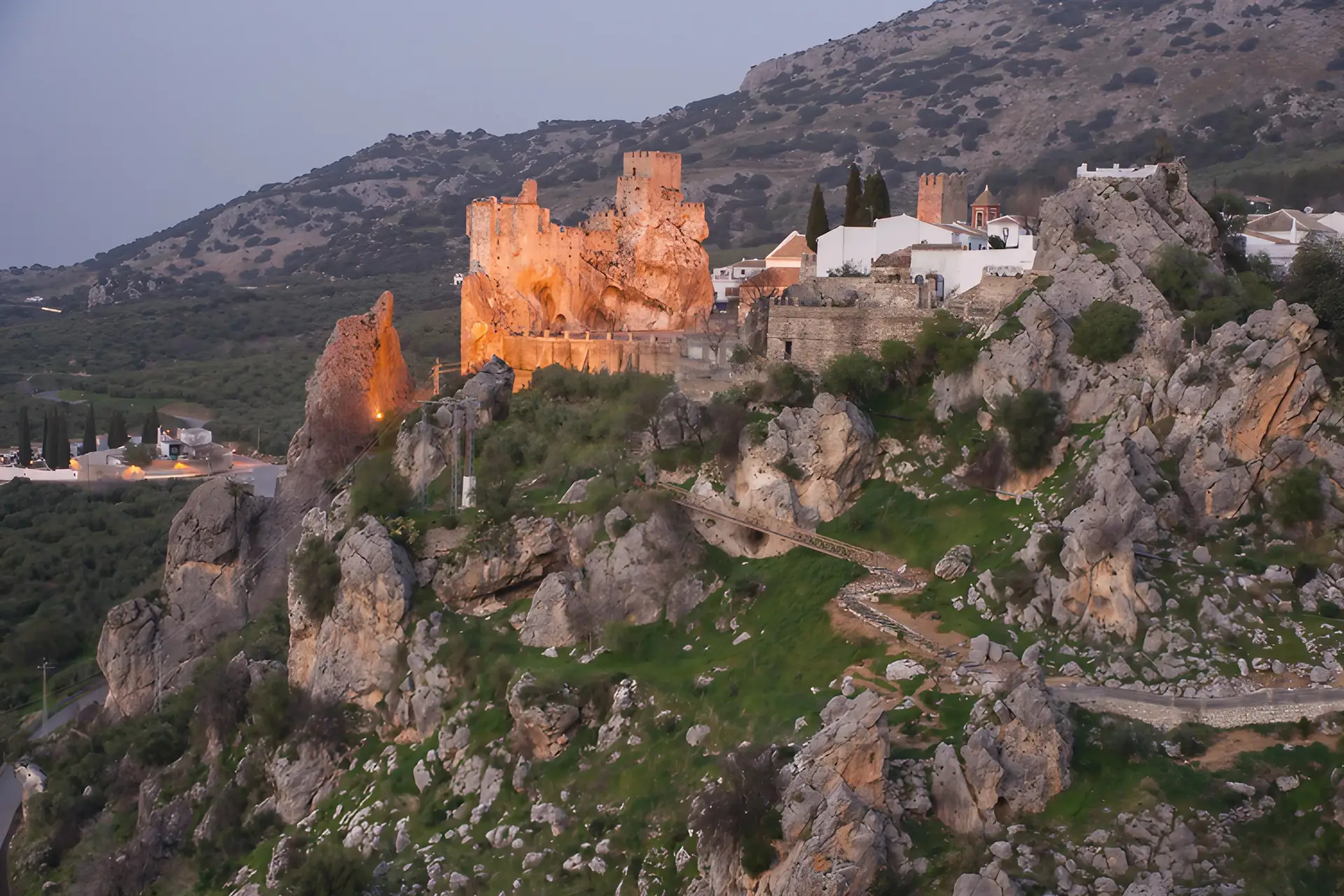Thomas Hardy is one of England’s most celebrated literary figures. He transformed the rural landscapes of Dorset into the fictional realm of Wessex, intertwining the forces of nature, fate, and human emotion into masterpieces which have stood the test of time.
In works such as Tess of the d’Urbervilles, Far from the Madding Crowd, and The Mayor of Casterbridge, Hardy’s meticulous descriptions of his homeland bring to life not just the people but also the fields, villages, and heathlands that dominate the region. For Hardy, Dorset was more than a mere setting; it was a character in its own right, shaping the destinies of the people who lived within its boundaries.
This is one of the reasons TOMA & COE chose Dorset as the location for their second writers’ retreat. This is a landscape in which you can escape the noise of everyday life and allow yourself to connect with your inner voice, ideas and writing.
Both the hosts of the Dorset Writers Retreat — Sunday Times Bestselling authors Joanna Quinn and Manni Coe — have a deep connection with the area. Indeed, their works — fiction and non-fiction — are based there, and with such a strong association between literature and the county, it is a natural location for an inspirational retreat.
As you wander through Dorset today, Hardy’s Wessex still resonates, from the busy streets of Dorchester (his Casterbridge) to the hauntingly beautiful Egdon Heath, evoking the timeless nature of his narratives.
This article will take you through key locations that inspired Hardy’s literary imagination, revealing how the county’s unique topography and cultural landscape were immortalised in his novels. For both the literary enthusiast and the casual visitor, Dorset offers a chance to step into a world where the past and present coalesce, where every hill and vale whispers of Hardy’s profound connection to this part of England.
Hardy’s Creation of Wessex
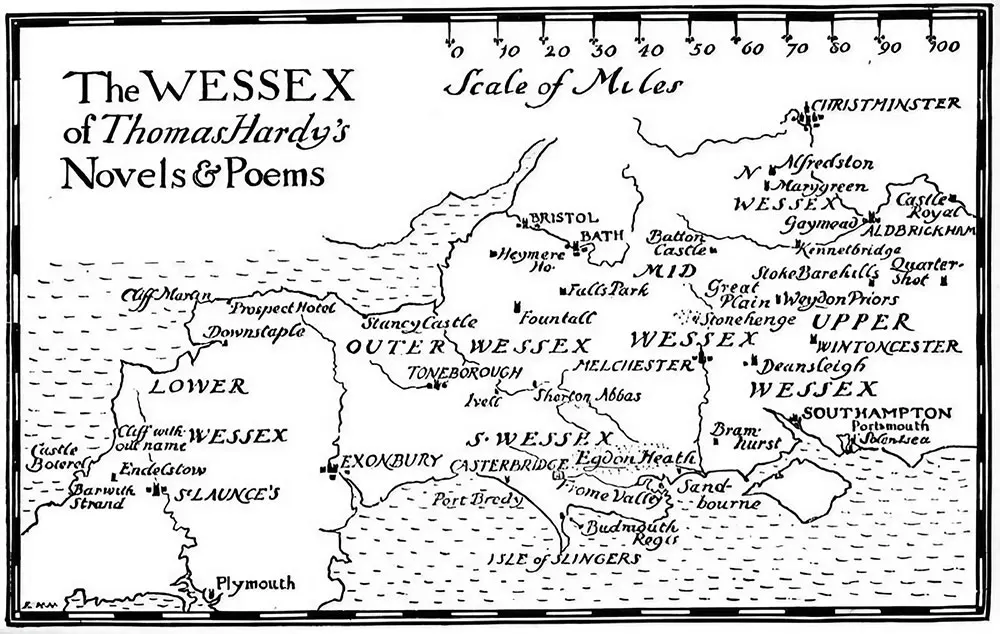
In his pursuit of an authentic yet timeless depiction of rural life, Thomas Hardy created a semi-fictional region he called “Wessex.” This term, resurrected from England’s Anglo-Saxon past, became synonymous with Hardy’s own imaginative geography, covering much of Dorset and extending into Somerset, Wiltshire, Hampshire, and beyond.
Unlike many of his contemporaries, who often employed urban settings, Hardy chose to foreground the rural, creating a literary world at once intensely local and mythic in its scope.
The creation of Wessex allowed Hardy the freedom to weave together real places with fictional ones, creating a cohesive sense of place that transcended mere geography. While the landscape was drawn from the Dorset he knew intimately, the people and events were shaped by universal themes of love, tragedy, and societal struggle.
Hardy’s Wessex is not just a picturesque backdrop; it is a realm in which human dramas play out against the forces of nature and time, making the region itself a living entity within his narratives.
Importance of Place in Hardy’s Works
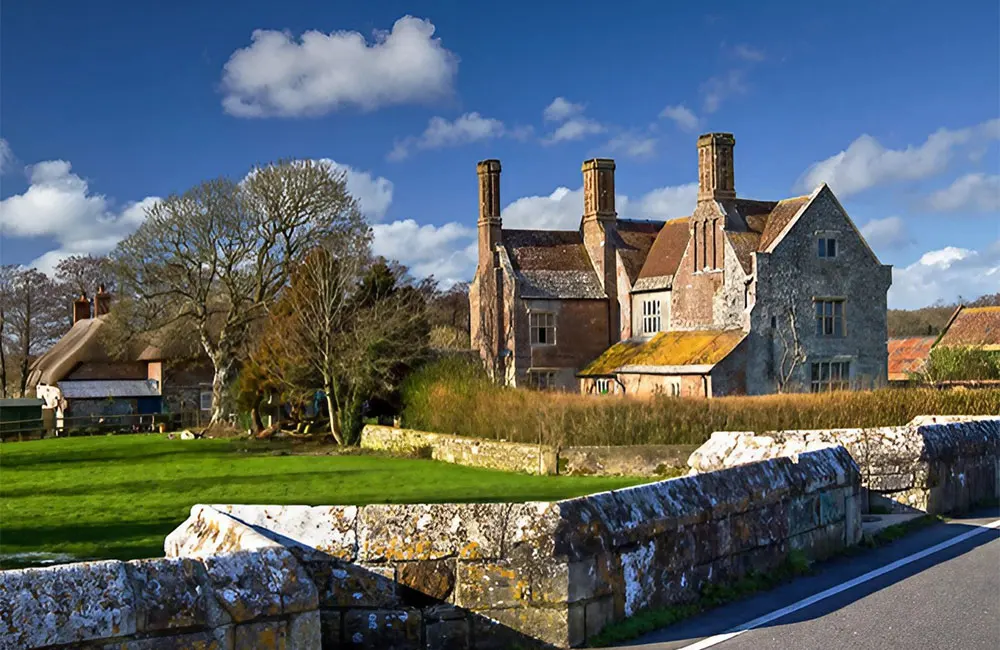
For Hardy, the relationship between people and the land was symbiotic. The landscapes of Wessex do more than set the scene — they shape the characters’ lives, often reflecting their inner emotions or reinforcing their fate. The rural environment, in Hardy’s view, was a force that could be beautiful, cruel, indifferent, or nurturing. It is no coincidence that the lush, rolling fields of Far from the Madding Crowd stand in stark contrast to the desolate moors of The Return of the Native. The former offers the possibility of renewal and love, while the latter embodies isolation and despair.
Hardy’s sensitivity to the nuances of Dorset’s landscape was deeply personal, rooted in his own experiences growing up in the county. Born in 1840 in the village of Higher Bockhampton, Hardy was intimately familiar with the rhythms of rural life, from the farming seasons to the architecture of country churches. These details seeped into his works, lending authenticity to his depictions of Wessex life.
Hardy’s genius lies in his ability to universalise the local; in his hands, the hedgerows and footpaths of Dorset became metaphors for larger human struggles. As readers trace his characters’ journeys across the fictional Wessex, they are invited to reflect on their own relationship with place, identity, and the passage of time.
Key Locations in Hardy’s Wessex
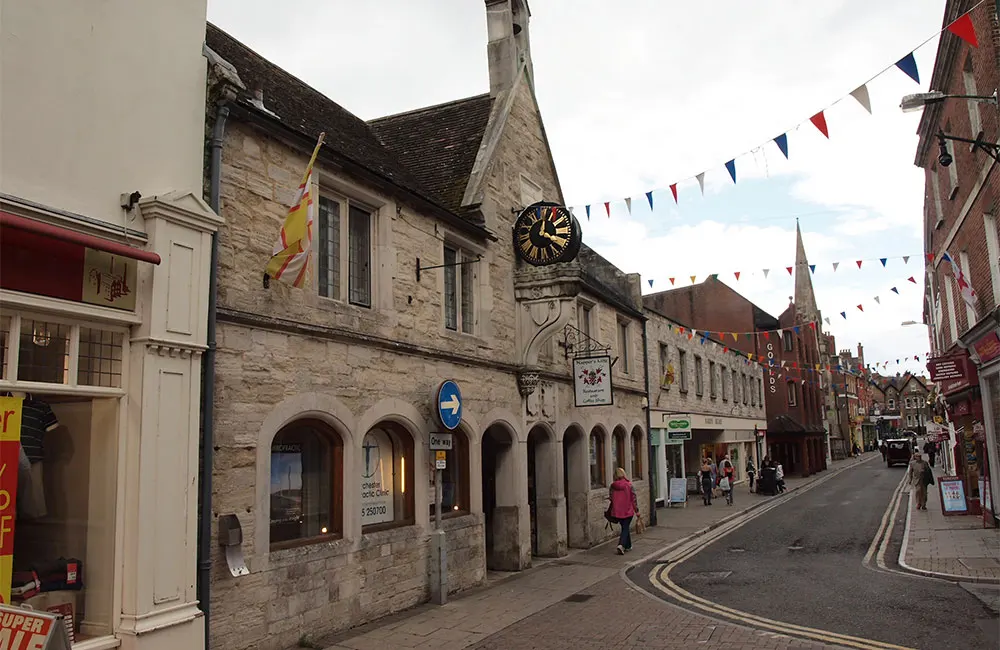
Dorchester (Casterbridge)
At the heart of Thomas Hardy’s Wessex lies Dorchester, the market town that served as the model for Casterbridge in The Mayor of Casterbridge. This town is one of the most vivid settings in Hardy’s works, where history, commerce, and personal tragedy tangle. For Hardy, Casterbridge was not just a reflection of the Victorian-era town he knew but a place imbued with a timeless quality, where the consequences of personal choices unfold against the backdrop of an ancient landscape.
Walking through Dorchester today, visitors can still trace the outlines of Casterbridge, from its lively high street to the historical landmarks that populate Hardy’s novels. Maumbury Rings, an ancient Roman amphitheatre on the edge of town, features prominently in The Mayor of Casterbridge, where it is depicted as a place of public spectacle and, ultimately, shame for the novel’s protagonist, Michael Henchard.
In Casterbridge, as in Dorchester, the past looms large. Hardy’s masterful rendering of the town as a place where the weight of history influences its inhabitants is palpable even today, making Dorchester a must-visit for any reader seeking to walk in the footsteps of Hardy’s characters.
Woolbridge Manor (Wellbridge House in Tess of the d’Urbervilles)
A short journey from Dorchester takes us to Woolbridge Manor, the atmospheric 16th-century manor house that inspired Wellbridge House in Tess of the d’Urbervilles. In the novel, this is where Tess and Angel Clare spend their ill-fated wedding night — a turning point in Tess’s tragic story.
Hardy chose this location not just for its physical charm but for its symbolic weight. The manor’s decaying grandeur reflects the novel’s themes of decline, both personal and social, as Tess grapples with her inherited aristocratic name and the brutal reality of her life as a peasant woman.
The real Woolbridge Manor, though altered over the centuries, still retains its sense of isolation and melancholy, standing on the banks of the River Frome. You can imagine Tess and Angel crossing the ancient bridge nearby, the oppressive atmosphere of the manor mirroring Tess’s own inner turmoil. In Hardy’s world, architecture and landscape are never mere backdrop — they are living forces that echo the characters’ emotional states.
Puddletown (Weatherbury)
Puddletown, a quiet village just northeast of Dorchester, served as the inspiration for Weatherbury in Far from the Madding Crowd. It was here, in the tranquil lanes and cottages, that Hardy imagined the bustling rural life that surrounds Bathsheba Everdene, the novel’s heroine.
Puddletown was also home to Hardy’s grandmother, and it was through his visits to her that Hardy became familiar with the rhythms of rural village life — its gossip, its slow pace, and its intimate social connections. Hardy’s portrayal of Weatherbury captures the charm of rural life but also its suffocating insularity. In Far from the Madding Crowd, Weatherbury is as much a character as Bathsheba herself, a place where human drama unfolds under the steady gaze of the fields and farms.
Egdon Heath (The Return of the Native)

Of all Hardy’s settings, none is as starkly symbolic as Egdon Heath, the brooding landscape that dominates The Return of the Native. Egdon is not a specific location but rather a composite of the wild heathlands that stretched across Dorset in Hardy’s time. It represents nature at its most untamed — a place that resists human intrusion and stands as a symbol of the eternal, indifferent forces that govern life.
Hardy described Egdon Heath as “a face on which Time makes but slight impression,” and it is here the novel’s tragic events unfold. The heath is almost a character in itself, reflecting the isolation and inner turmoil of the novel’s protagonists, particularly the ill-fated Eustacia Vye. Her struggle against the oppressive environment mirrors her futile attempts to escape her fate.
Visitors to modern Dorset can still find remnants of these wild heathlands, particularly around Wareham and the Purbeck hills. Walking across these untamed expanses, one can easily imagine Hardy’s characters wandering through the mist and gorse, grappling with the weight of their existential burdens.
Hardy’s Themes: Nature and Fate Shaping Characters
Nature as an Omnipresent Force
In Hardy’s works, nature is never merely a backdrop; it is an active participant in the narrative. The landscapes of Wessex — whether the aforementioned fertile fields of Weatherbury or the barren expanses of Egdon Heath — act as metaphors for the emotional and psychological states of the characters. Hardy’s deep understanding of rural Dorset allowed him to depict nature as both beautiful and cruel, shaping the fates of his characters in ways beyond their control.
Take, for example, the storms that wreak havoc in Far from the Madding Crowd, where Bathsheba’s farm is battered by forces beyond her comprehension, a reflection of her turbulent emotions and her struggle to maintain control over her life. Similarly, in Tess of the d’Urbervilles, the landscape often mirrors Tess’s suffering, with bleak, barren fields symbolising her isolation and despair. In Hardy’s Wessex, nature is not just scenery — it is a force that shapes human destiny.
Human Struggle Against Fate
Fate, too, plays a central role in Hardy’s narratives, and his characters’ attempts to assert their will against an indifferent world are often met with tragic results. The rural landscapes of Dorset, with their ancient rhythms and deep-rooted history, provide a perfect setting for Hardy’s exploration of the tension between human aspiration and the immutable forces of nature and society.
In The Mayor of Casterbridge, Michael Henchard’s rise and fall are intimately tied to the town of Casterbridge itself, as though his fate is inextricably bound to the place. Similarly, Tess’s tragic journey through the villages and farms of Wessex can be seen as a futile attempt to escape her predetermined fate. For Hardy, the rural world is a place where human agency is limited, where the past and the land itself conspire to shape the course of individual lives.
How Hardy’s Dorset Continues to Inspire

Today, Dorset continues to celebrate its most famous literary son, and Hardy’s Wessex remains a vital part of the county’s identity. Step into Hardy’s world by visiting his birthplace at Higher Bockhampton, a quaint thatched cottage nestled in the woods, now preserved by the National Trust. Hardy’s later home, Max Gate in Dorchester, offers another glimpse into the life of the writer, with many of the rooms preserved as they were during his lifetime.
The Hardy Way, a long-distance footpath that winds through the Dorset countryside, allows you to experience the landscapes that inspired Hardy’s novels. Walking through the fields, heathlands, and villages, one can almost hear the echoes of Hardy’s characters — Tess, Bathsheba, Henchard — whose stories were shaped by these very places.
As Joanna Quinn — co-host of TOMA & COE’s Dorset Writers Retreat — said in an interview with the Historical Novel Society, Dorset is “famous for being the home of writer Thomas Hardy and is associated with the thatched cottages and manor houses found in his novels. Although Dorset has changed since Hardy’s time, those buildings still exist.”
Thomas Hardy’s Influence on Other Writers
Thomas Hardy’s exploration of fate, the complexities of rural life, and the human condition has profoundly shaped literature beyond his time. Numerous contemporary authors have openly acknowledged Hardy’s influence on their work, finding inspiration in his ability to weave together landscape, character, and the inexorable march of destiny.
The Booker Prize-winning novelist Julian Barnes has cited Hardy as a key influence, particularly in how Hardy combines a tragic vision of life with a deep connection to place. Barnes has spoken of Hardy’s ability to illuminate “the implacable forces” that govern human lives, much like his own novels often explore the tension between personal agency and fate.
Another notable admirer is British author Ian McEwan, known for works such as Atonement and Enduring Love. McEwan has praised Hardy’s ability to depict emotional complexity against stark rural backdrops, a technique McEwan employs in his own writing. Both authors share an interest in the moral ambiguities of human relationships, especially those shaped by societal pressures and historical forces.
American novelist and short story writer Annie Proulx, author of The Shipping News and Brokeback Mountain, also draws from Hardy’s thematic focus on the harshness of rural life and the unyielding power of nature. Proulx has acknowledged Hardy’s influence in shaping her view of landscape as a living character in its own right, much as Hardy’s Wessex becomes an active force in the lives of his characters.
Kazuo Ishiguro, another contemporary literary giant, has also mentioned Hardy’s influence, particularly Hardy’s portrayal of characters trapped by societal structures and their own internal conflicts. In The Remains of the Day, for example, Ishiguro explores themes of regret and missed opportunities in ways that echo the emotional undercurrents of Hardy’s tragic heroes.
Be Inspired at the Dorset Writers Retreat

Inspired by Hardy’s Dorset or captivated by the literary richness of the region? There’s no better way to experience it than by immersing yourself in the landscapes that shaped these iconic works.
As an aspiring writer seeking creative inspiration, the Dorset Writers Retreat offers an exclusive opportunity to walk in the footsteps of literary greats while nurturing your own creativity.
Join us for a unique, luxe retreat that blends peaceful countryside settings with expert guidance.
“Let the beauty of Wessex spark your imagination and deepen your connection to the stories woven into this remarkable landscape.”
Discover more about the Dorset Writers Retreat, and take the next step in your literary journey.

